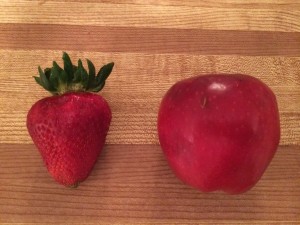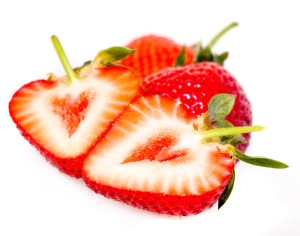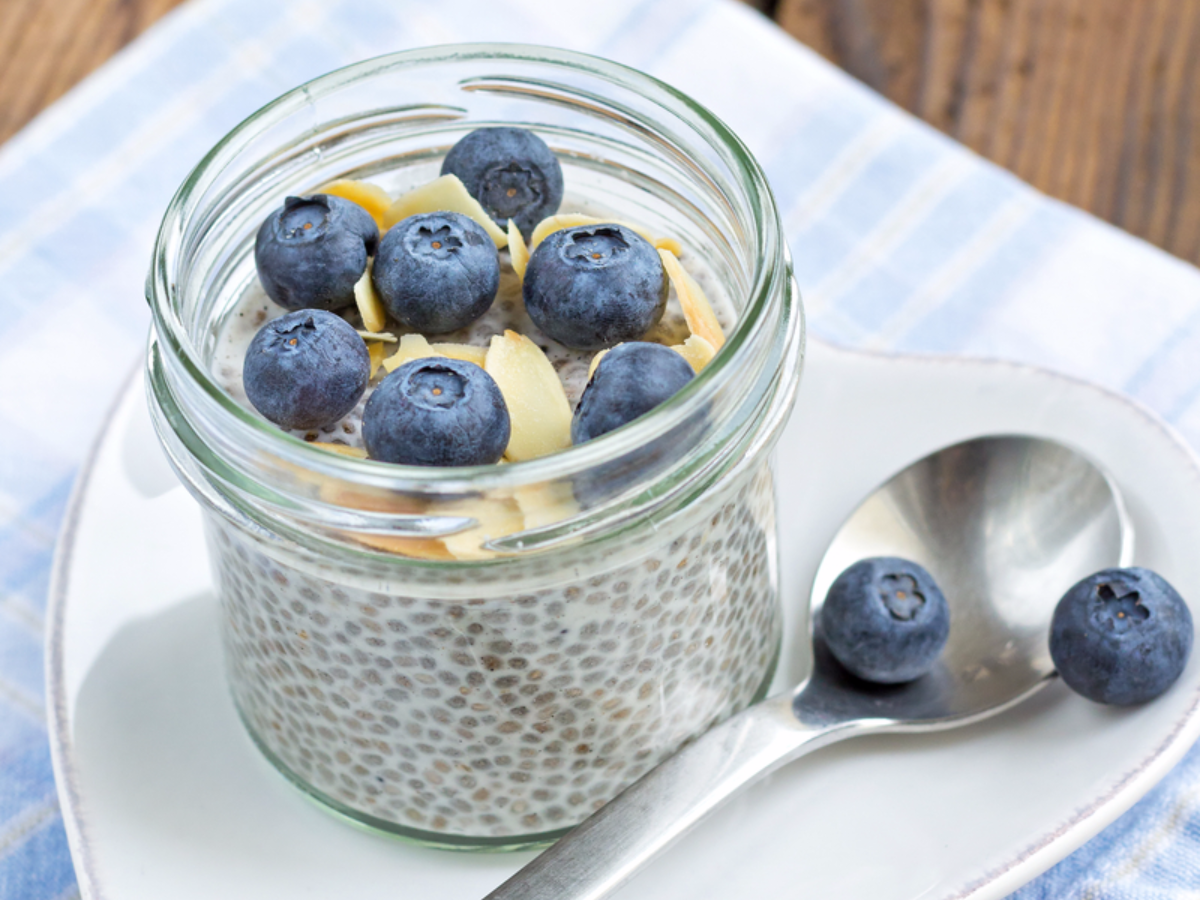In Eastern Ontario, berry season is just a couple of weeks away!
But what does it mean when you find strawberries the size of apples for sale at the grocery store?
a) The berries were injected with hormones.
b) The berries are genetically modified.
c) The consumer demands that bigger is better.
d) The berry plant was treated to a high nitrogen fertilizer.
e) The berries were grown using seeds from a plant that had large berries.
Let’s explore the various hypotheses:
a) The berries were injected with hormones. FALSE. Don’t laugh. After all, cows are injected with (slow-release) hormones to fatten them to suit our taste. But rest assured, no vegetable or fruit contains added hormones. Even if it made sense to inject plants with animal hormones this would be far too expensive and labour-intensive to be true.
b) The berries are genetically modified. FALSE. (Not yet, at least!) Genetic modification tampers with the inherent characteristics of an organism (for ex., a plant) by the injection of a foreign gene to give it ‘novel traits’. These novel traits include purported increased resistance to disease, frost or drought, but rarely are they for aesthetic reasons. [Thankfully, the majority of food crops have not been adulterated in this way. However, many of our staple foods have been modified in this way: corn, soybeans and canola are the most affected, whereas GM zucchini, alfalfa and farmed salmon are some of the other foods that have been given the go-ahead by the FDA.]
c) The consumer demands that bigger is better. TRUE. As a society we have been conditioned to believe that super-sizing is a better  buy–at restaurants, and in the grocery store. The practice of unit pricing rewards the buyer who chooses the larger box, can or bag with more value for the money. We demand larger-sized items—-after all, larger strawberries are great for dipping in chocolate! The joke is on us, though—since larger units of single item produce are heavier. Think about the beautiful red pepper you purchased for $4.99/lb. CDN. It probably cost you close to 4 dollars! While we don’t buy strawberries as single units, we are getting far fewer, larger and heavier berries for the same price.
buy–at restaurants, and in the grocery store. The practice of unit pricing rewards the buyer who chooses the larger box, can or bag with more value for the money. We demand larger-sized items—-after all, larger strawberries are great for dipping in chocolate! The joke is on us, though—since larger units of single item produce are heavier. Think about the beautiful red pepper you purchased for $4.99/lb. CDN. It probably cost you close to 4 dollars! While we don’t buy strawberries as single units, we are getting far fewer, larger and heavier berries for the same price.
d) The berry plant was treated with a high-nitrogen fertilizer. TRUE. Did you know that nitrogen speeds growth and increases size? This is because it is the backbone of all proteins, and protein is responsible for structural growth. Happily for farmers nitrogen forms the foundation of the cheapest and most effective fertilizer. Whether it comes from animal waste or your local home and garden superstore, over-reliance on nitrogen-containing fertilizers causes big environmental problems, such as groundwater and waterway contamination as well as the destruction of the living part of soil. Nitrates are also associated with blue-baby syndrome, developmental delay in children and increased risk of certain digestive system cancers.
e) The berries were grown from seeds of a plant that had large berries. TRUE. They say the apple doesn’t fall far from the tree. Like a father and son, mother and daughter, the seeds of a large berry came from such a plant with this trait in its (natural) genetic code—and by sowing the seeds of these berries one begets another generation of the plant with the same traits. It’s quite simple, really. And natural!
father and son, mother and daughter, the seeds of a large berry came from such a plant with this trait in its (natural) genetic code—and by sowing the seeds of these berries one begets another generation of the plant with the same traits. It’s quite simple, really. And natural!
So Are Big Berries “Scary Berries”?
As you can see there are a few myths and truths to why fruits and vegetables are larger than ever before. Some of these reasons are benign, and others should be, or could become cause for concern. If you live in a region where berries or other produce are grown and sold locally during their natural season, choosing them over long-distance foods sold at the supermarket could benefit you, the local farmer, the environment and the local economy. Remember though—when it comes to nutritional value, bigger berries typically hold more water, not more nutrients! (And in my opinion, the smaller, local varieties are tastier, anyway.)
Discover how locally grown foods are good for you, the economy and the environment by visiting your local farmers’ markets.
